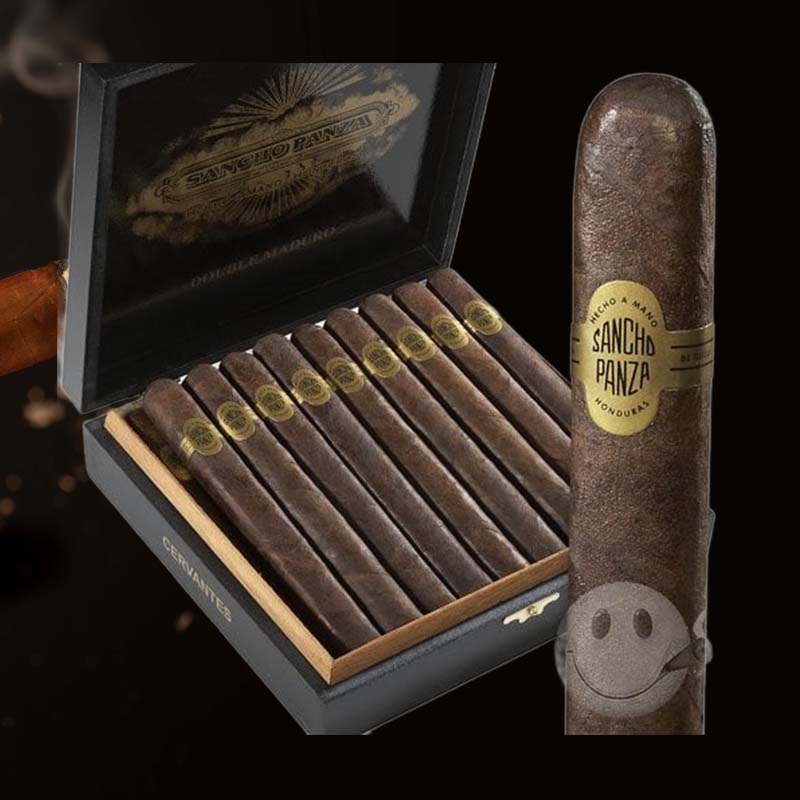Blow torch not lighting
There’s nothing more frustrating than reaching for my trusty blow torch only to find it won’t light. I remember my first attempt to use it was a complete disaster—spark after spark, but no flame erupted. Over time, I learned there are several common reasons behind this issue. Let’s dive into the specifics and ensure that my torch lights up flawlessly every time!
Please Help My Torch Won’t Light
Common Causes of Blow Torch Ignition Issues
- Low-quality or empty fuel
- Incorrect flame setting
- Worn-out flint
- Hissing sounds indicating gas leaks
- Improper refilling methods
- Blocked jets
- Trapped air in fuel lines
Use High-Quality Butane

Importance of Fuel Quality
I’ve seen firsthand how using low-quality butane can lead to frustrating ignition problems. Quality fuel not only enhances the torch’s performance but also ensures a more reliable ignition. Investing in high-quality butane means fewer issues like incomplete combustion or clogging, ultimately saving me time and headaches!
Check the Flame Adjustment

How to Properly Adjust the Flame
One day, I found my blow torch spitting out a pathetic little ember instead of a roaring flame. I quickly realized it was due to the flame adjustment being too low. Adjusting the flame is easy; I simply turn the dial until I see a steady blue flame. Remember, a steady flame means a good burn!
Check the Flint

Steps to Inspect and Replace Flint
If I flick the ignition and hear a spark but see no flame, I turn my attention to the flint. Over time, flints wear out. To check it, I simply remove the flint compartment and ensure there’s enough left. If not, replacing it is a quick fix that usually involves unscrewing a small cap.
Check for a Hissing Sound
Understanding the Implications of Hissing
Whenever I hear a hissing sound coming from my torch, it typically means there’s a gas leak. I quickly turn off fuel and inspect connections. Hissing indicates escaping gas, which not only means my torch is unlikely to ignite, but also poses a safety risk!
Bleed the Tank Before Refilling

Reasons to Bleed and Refuel Correctly
Whenever I go to refill, I always remember to bleed the tank first. It’s vital for releasing excess pressure. I just press the bleed valve until the hissing stops. This one step prevents valve or igniter damage when I add new fuel, ensuring a clean ignition next time.
Wait for Your Lighter to Warm Up After Refilling
How Temperature Affects Ignition
After refilling my torch, I’ve learned the hard way that I need to let it warm up a bit. Cold fuel can inhibit ignition—a few minutes of patience can make all the difference. When I feel the torch warm against my skin, I know it’s ready to roar back to life!
Clean the Jets

Steps to Effectively Clean Torch Jets
From time to time, I notice my torch struggling to maintain a flame, and it usually means I need to clean the jets. Using a can of compressed air, I carefully blow out any blockages. Ensuring the jets are clear allows for uniform gas flow, which is essential for solid ignition!
Propane Torch Won’t Light!

Specific Checks for Propane Lighters
It’s critical to differentiate between butane and propane torches. In my experience, if my propane torch won’t light, I double-check the fuel connection, ensure the propane valve is open, and inspect for gas blockages. The unique properties of propane make it a little trickier, but patience pays off!
5 Common Issues That Torch Lighter Won’t Light, How to Fix?

Overview of Common Problems and Solutions
- Fuel issues: Refill with high-quality fuel.
- Flame adjustment: Turn the dial for the correct height.
- Flint problems: Inspect and replace with a new one.
- Gas leaks: Check for hissing and seal connections.
- Clogged jets: Clean jets to ensure unobstructed flow.
Need to Adjust Fuel Levels?
How to Adjust Fuel Levels Correctly
If I notice my flame’s too weak or strong, I know it’s time to adjust fuel levels. I carefully turn the fuel adjustment screw, making small changes until I find that sweet spot—a stable, pleasing flame that works for whatever project I’m tackling!
Try to Ignite But No Spark

Troubleshooting Spark Issues
When I try to ignite my torch and hear nothing but silence, it’s essential to check the ignition mechanism. This often means that the flint is worn or obstructed. I carefully inspect and replace flint as needed, and I’m almost always rewarded with a confident spark.
Burners Get Clogged
Identifying and Clearing Clogs
From time to time, I encounter a clog in my torch’s burner. I usually check for any residue or obstacles. Carefully clearing these clogs with a small, soft brush usually restores my torch’s function and ensures reliable performance.
Air Trapped in Fuel Lines

How to Resolve Air Blockages
On occasion, I find my torch not lighting due to air trapped in the fuel lines. To resolve this, I tighten the nozzle fully, give it a few pumps, and then carefully release some pressure. This approach helps clear air and primes the torch for ignition.
Additional Resources for Troubleshooting

Further Reading and Community Support
When faced with persistent issues, I find it helpful to seek additional resources. Online forums and manufacturer websites often provide troubleshooting guides and community support, allowing me to read about others’ experiences and solutions.
FAQs

Why does my torch spark but not light?
A torch that sparks but doesn’t light likely has a fuel or flint issue. It may be empty or clogged, or the ignition mechanism may be obstructed.
Why is my torch not igniting?
There are several reasons for a non-igniting torch: low fuel, incorrect flame adjustment, or possible air blockages in fuel lines.
Why won’t my blow torch work?
A non-working blow torch could stem from worn-out flint, low-quality fuel, or blockages in the system—all common issues I’ve encountered.
How do I get my propane torch to light?
To ignite a propane torch, ensure the fuel valve is open, check for clogs, and allow the torch to warm up if it has been refilled recently.





